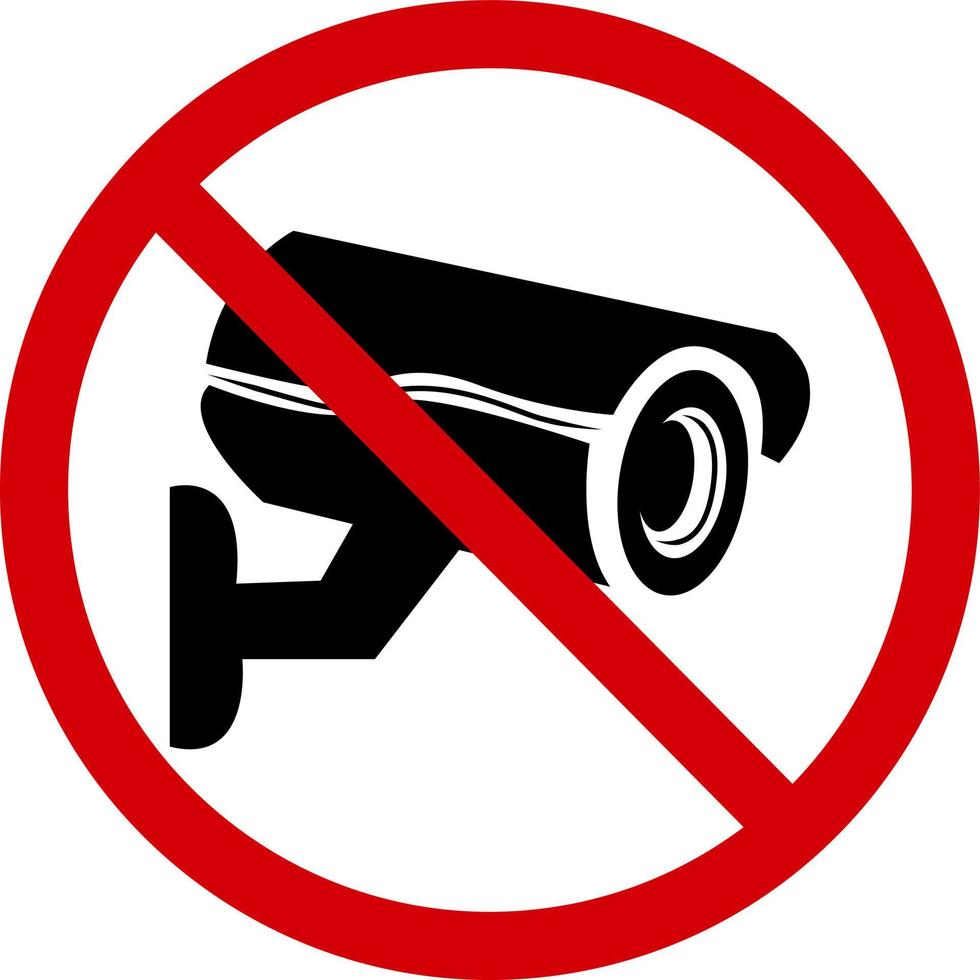

The only way Microsoft or OpenAI would know this would be to spy on chatbot sessions. I’m sure the terms of service—if I bothered to read them—gives them that permission.
Well there’s your problem.
I am trying to focus on posting source documents, as opposed to someone else’s reporting on source documents.


The only way Microsoft or OpenAI would know this would be to spy on chatbot sessions. I’m sure the terms of service—if I bothered to read them—gives them that permission.
Well there’s your problem.
Who’s not interested in whose opinion now?
That you’ve employed a slippery slope analogy far too widely?
I have also hired exterminators and taken antibiotics.
You shall not think of living things in hierarchical order (x is better than y)
Having to choose between my child and my dog would be a horrible choice to have to make, but I know exactly how I would make it.


Can you short an IPO?


Low rolling resistance tires tend to be not very great in snow. They get that low rolling resistance partly by not having a very sticky compound, and partly by not having a very aggressive tread pattern (among other things, I’m sure). Both of those factors are going to have an impact on traction on anything but dry pavement.
It might also be due to other design choices. I’ve got a 2015 Ford Fusion PHEV, and I had a 2013 Fusion Hybrid before that; they suck so bad in the snow with normal all-season tires that I have to keep a finger on the electric parking brake switch to make sure I can stop if there’s any snow on the ground.


Here I am, all ready to give it a whirl. Seems like a tutorial is in order.
@snaptastic Please let me know whether this comment passes your relevancy test.


What about his deal with Microsoft?


I think that it’s not unreasonable for game wardens, and other officials who are preventing or investigating poaching to enter privately owned non-curtilage land for that purpose. Otherwise, all privately owned land would be open to poaching with essential impunity, and hunting/fishing laws don’t only apply to public land.
A trail camera, however, is not in and of itself evidence of poaching, and officers should have zero rights to interfere with someone else’s trail camera in any way. Neither should officers be allowed to set up their own trail cameras on private land (without permission from the property owner). If officers find a trail camera, they should seek to speak with its owner, either by contacting the property owner, or by leaving a business card with the camera and waiting for the owner to contact them (if they so choose).


I feel like you don’t understand how blockchains work.


Keep living in your weird fantasy world where applications and solutions should pop into existence fully formed, feature-rich, and bug-free, with no development or testing whatsoever.


“Hey, I’m making a cake, I think you’ll like to have a piece when it’s done!”
NO WAY AM I EATING THAT RAW BATTER WITH UNCOOKED EGGS IN IT YOU’RE EVIL
This is why you’re not one of the beta testers.


I don’t “trust it blindly” because it’s in beta - I understand that it’s a work in progress because it’s in beta. Jesus christ you people and your fucking tinfoil hats.


It’s. In. Beta.


Yeah, and that’s called a fork. The chain doesn’t vanish; a new chain is created, forking off of the old one. That’s why we have both Ethereum and Ethereum Classic.
Oh wait, you’re talking about a 51% attack. Read the whole article that you linked. It is amazingly difficult to perform, and as the number of nodes goes up, it becomes even more difficult.
Has anyone successfully performed a 51% Attack on Bitcoin?
Nope, not yet.
Some miners have come close to reaching 50% or more of the total mining power over Bitcoin’s history, but nobody has actually performed a successful 51% Attack.
If Big Daddy Bitcoin hasn’t suffered a 51% attack, I find the risk of that happening vanishingly low.
https://hacken.io/discover/51-percent-attack/
There have been three. BTG, ETC and VTC. All three of those are Proof of Work. PoW is going by the wayside, I’m hopeful that Proton would be using Proof of Stake, which is a much more difficult model to 51% against. (You would need to possess 51% of the tokens.) Even if someone managed to do it, it would still be noticed pretty much immediately, and then you’d fork to a new chain and move on.


Context matters:
Proton rolled out the beta version of Key Transparency on their own private blockchain, meaning it’s not run by a decentralized series of validators, as with Bitcoin or Ethereum. Yen said Proton might move the feature to a public blockchain after the current version serves as a proof of concept.
It’s not rewriting history. We’re talking about validation of public keys. The exact same information can be added to a public non-beta chain, to satisfy the concerns about security that would come from maintaining a previously private beta chain into production.


You’re out of your depth here, and I’m not going to bother explaining any further.


It’s. In. Beta. Of course it’s not being offered to the general public yet. It’s likely that there are very many beta nodes, in order to test scalability. When it’s out of beta, you drop the beta chain and start a new one.
Not since they shut down API access. Now it’s obvious why they did that.